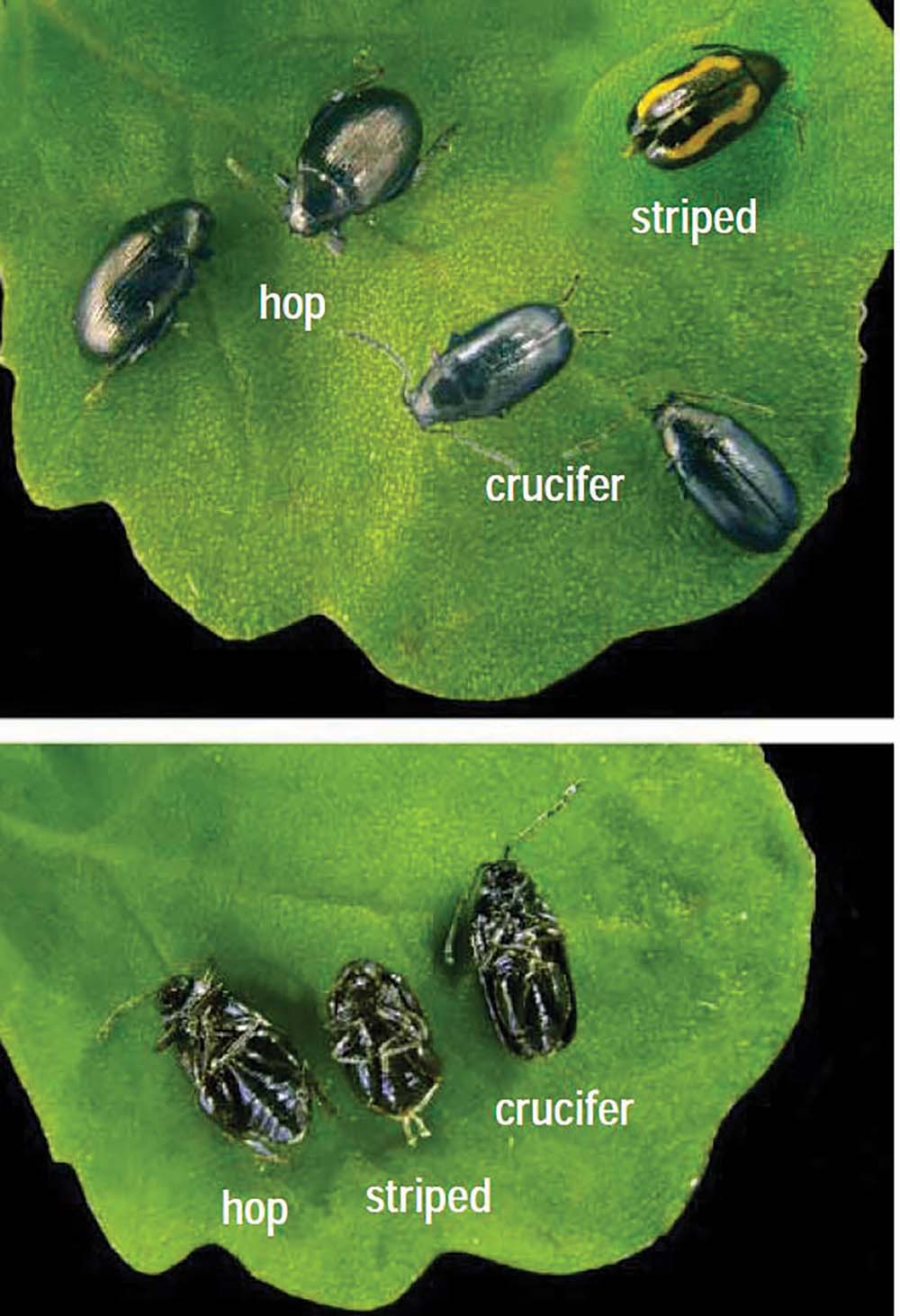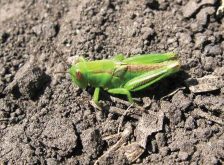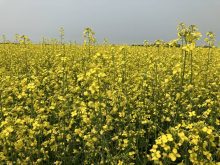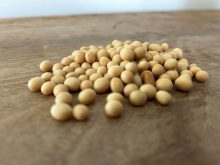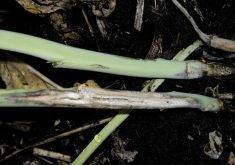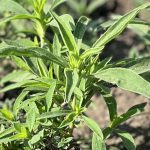They have been a voracious pest in canola for many years, but their pattern of infestation is changing.
“Flea beetles can be a huge economic problem; pervasive and unpredictable,” Jennifer Otani, a pest management biologist at Agriculture and Agri-Food Canada, Beaverlodge said during a session at FarmTech.
Adult flea beetles can move in and out of a field from year to year.
“When it’s about 14 C or higher, adults will come out of overwintering and move into the canola fields. This coincides really nicely with your seeding process,” said Otani.
Read Also
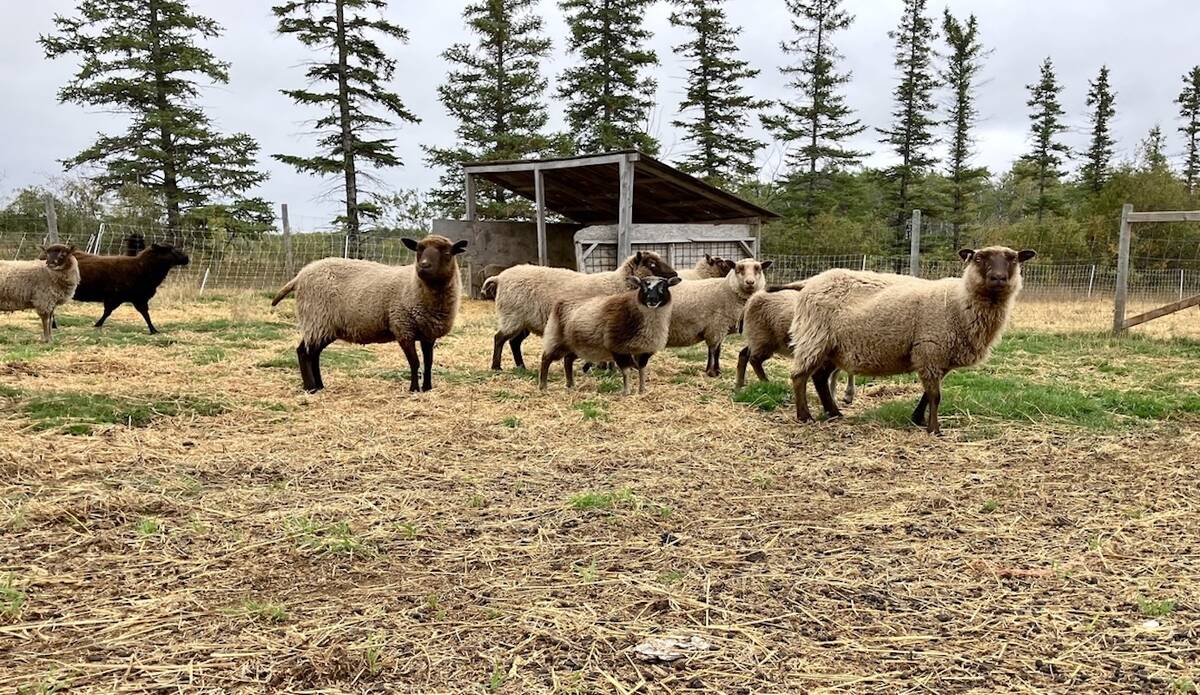
Mosquito-borne virus could be devastating to sheep breeding operations
Cache Valley virus, a mosquito-borne disease that infects small ruminants, could be a devastating hit to small operations.
Flea beetles feed on stems, cotyledons and young seedlings. They may be small, but they feed on the most critical plant tissue, which sets the stage for the whole growing season.
Otani said that while these insects create only one generation a year, their level of infestation is unpredictable.
“There is no way to look at those fall densities and predict in a reliable manner what will be there the following spring. This continues to be one of the greatest challenges with flea beetles,” said Otani.
Control measures
There are a few species of parasitoid wasps that prey on flea beetles, but they are quite rare and are not distributed across the Prairies. “As much as we would like biological control to be a tool that we could exploit, it’s not going to happen very soon for flea beetles in Canada,” said Otani.
One control strategy is early seeding with large seed. “Getting your canola into the ground and getting it up and past the very vulnerable stage is so critical.”
Some growers have found success by seeding directly into stubble using wide row spacing and more seed. Otani acknowledged that a higher seeding rate can be costly, but with a larger surviving plant strong population, the damage can be minimized and the plants have better tolerance to feeding.
Hector Carcamo, a pest management research scientist at the Agriculture and Agri-Food Canada’s Lethbridge research station, recommends seeding early, so the plants emerge before the flea beetles.
“This becomes difficult because all seeding windows are different,” said Otani. “In the North Peace, there is no window. They have to get it in when they get it in. The one thing I do want growers and agrologists to know is that there is such a thing as too early. If the soil temperature is too cold, the seedlings are vulnerable,” she said.
Otani recommends seed treatments followed with foliar insecticide if there are high levels of damage. Monitoring is key to determine if spraying is necessary.
“I cannot emphasize this enough. Monitoring has to start within three days of seeding,” Otani said.
There are good visual guides available to help producers monitor their plants for flea beetles.
Sometimes flea beetles will consume 25 to 30 per cent of a cotyledon, or a large portion of the stem. Many growers are not aware of stem feeding and do not scout for it, but stem feeding can happen, especially if there are cool, dry springs.
Flea beetles can eat the true leaf, or girdle the stem and feed right down at the base, which is hard to assess. They can eat so much of a plant that the plant will actually die.
Species shift
There are three main flea beetle species that are economic pests. These are the hop, striped and the crucifer flea beetle. Otani has found up to six types, but not all seem to be pests.
“Most of the Prairies have been dealing with the crucifer flea beetle since canola became what it is now. What we are starting to see now is that a higher frequency of growers have more striped flea beetles,” she said.
Traditionally, the biggest economic pest has been the crucifer flea beetle, which has covered most of the major canola-growing areas in Canada.
“We still see a high number of crucifer flea beetles but we are starting to see striped,” Otani said, adding that scientists have been doing bioclimatic modelling and forecast that the striped flea beetle will soon have a larger territory.
Otani recommends that producers use sticky cards traps to determine the species in their area. If there are striped flea beetles found, the infestation risk is higher.


